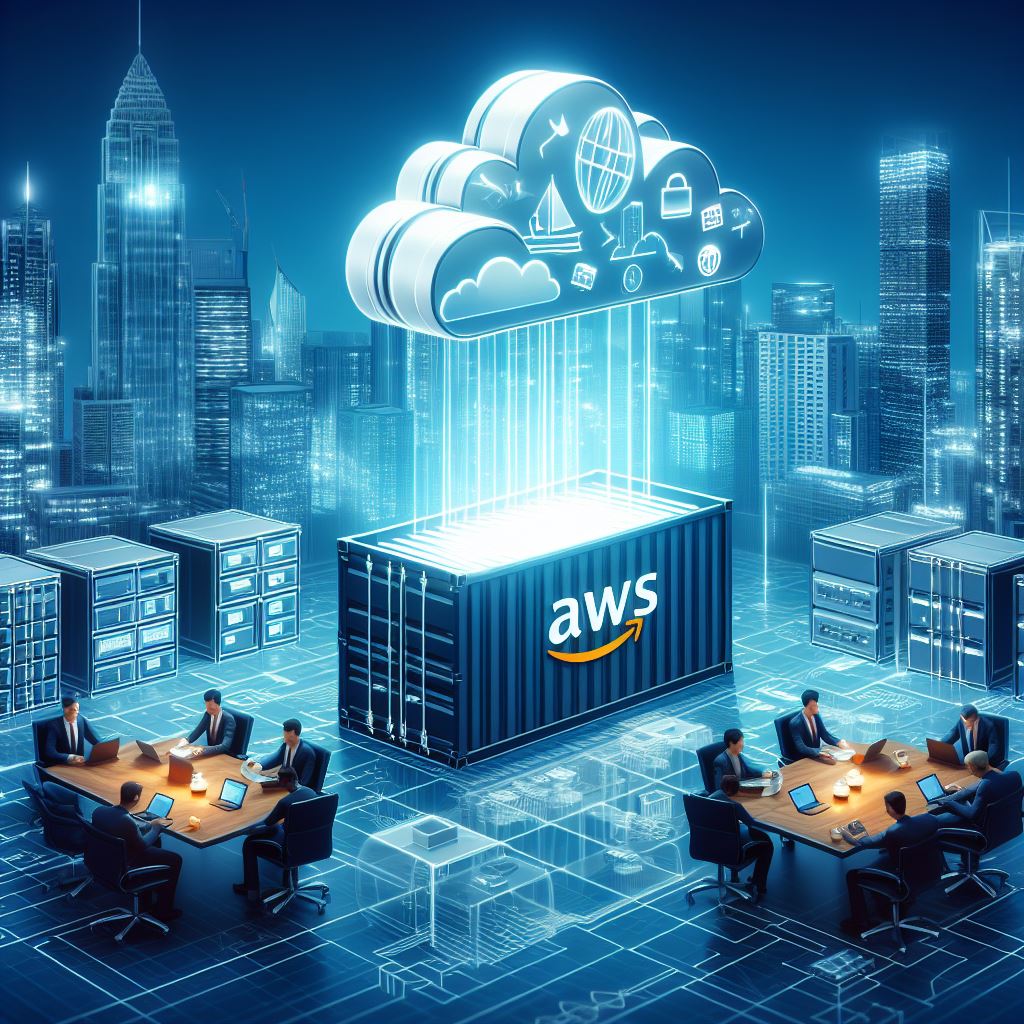Future of Cloud: Introduction to Containers

I have been a long-time user of containers even beginning with OpenVZ and then later with LXC type of containers which are known as system containers. When compared to traditional Virtual machines containers made my life much easier and had a significant impact on my work. But nothing influenced me more than the adoption of Docker.
The birth of containerization has revolutionized the IT industry. The way developers deploy and manage applications changed with Application Containers. Before containers every developer would experience ‘it works on my machine’ syndrome at least once per day.
Containers in general offer more flexibility and efficiency when compared to traditional Virtual Machines or VMs for short. In my opinion, as a long-time AWS user, AWS has been leading this transformation, providing many containerization solutions. This article explains the introduction to containerization technologies in general with a focus on Application Containers.
Containers in this article are mostly about
Application Containersor in other words aboutDocker.
Key Aspects of Containers
- AWS offers powerful container services such as
ECS,EKS, andFargate, each designed to serve different needs and simplify container management and deployment. - AWS has a lightweight container service as well that are easy to run such as
LightsailandAppRunnerwhich are more user-friendly. - Containerization in general provide benefits like improved scalability, efficiency, and isolation, which are required for modern cloud-based applications.
- Best practices for container orchestration include: clustering, automated scaling, and disaster recovery.
- Security is very important in containerized environments;
AWSprovides tools and practices for container isolation, access control, and continuous security monitoring. - Cost optimization and performance tuning on
AWSare done with resource management, utilizing spot instances, and leveraging AWS’s monitoring services.
Evolution of Containers

From Virtual Machines to Containers
The shift from traditional Virtual Machines (VMs) to container technology is an evolution step in cloud computing. The main difference between these two is that VMs hold an entire operating system including the kernel, along with the application and its dependencies, leading to overhead. Containers, on the other hand, share the host system’s kernel and isolate only the application and its dependencies. This results in a much lighter footprint.
Note: in other words in the case of
VMs there is a kernel for each of the virtual machines, while containers share a single host kernel
Containers offer several advantages over VMs:
- Efficiency: Containers require fewer system resources, allowing more containers to run on a given host.
- Speed: Containers have an instant start-up period, which is essential for dynamic scaling.
- Portability: Containers come with everything the application needs to run, making them easily transferable across different platforms.
Tip: When migrating from
VMs to containers, start with applications that can load configurations from environment variables from RAM and not a.envfile.
The adoption of containers has been further accelerated by the adoption of orchestration tools such as Kubernetes. Using such technology you can deploy and scale your containers across a cluster of machines.
The Rise of Docker and Kubernetes
The containerization adoption has accelerated and revolutionized with the birth of Docker in 2013. Docker simplified the creation, deployment, and running of containers.
Kubernetes, originally designed by Google, emerged as a powerful orchestration system to manage these containers. It handles the deployment, scaling, and operations of application containers from a single node cluster to clusters with any number of nodes. This provides the necessary infrastructure to build a cloud-native environment.
Benefits of Kubernetes include:
- Automated rollouts and rollbacks,
- Storage orchestration,
- Self-healing capabilities,
- Service discovery and load balancing.
Tip: When transitioning to
Kubernetes, start with applications designed to work with a containerized environment.
Benefits of Containers in the Cloud

The cloud has revolutionized the way we deploy applications, and containers have been the drive of this transformation. By using containers developers gain the ability to run software on many computing environments. This portability is a key benefit, as it simplifies deployments across various cloud providers.
Scalability is another significant advantage offered by containers in the cloud. Containers can be easily scaled up or down depending on the demand.
Key benefits include:
- Rapid Deployment: Quick application
rolloutsand updates, reducing downtime. - Consistency: Environments are identical, eliminating the ‘it works on my machine’ syndrome.
- Isolation: Containers operate independently, minimizing conflicts between applications.
Tip: Embrace containers as your DevOps practice and integrate them with continuous integration and delivery (CI/CD).
Cost savings are also a notable benefit. Simply, containerization often leads to a reduction in the need for physical hardware or Virtual Machines. This efficiency means lower operating costs and a greener footprint.
Conclusion
This article is a brief introduction to Containerization technologies and their benefits. If you are thinking about cutting costs, scalability, and portability you can not go wrong with Containers. The future of the Cloud will continue to rely on the mentioned benefits of containers.
 Never miss a story from us, subscribe to our newsletter
Never miss a story from us, subscribe to our newsletter